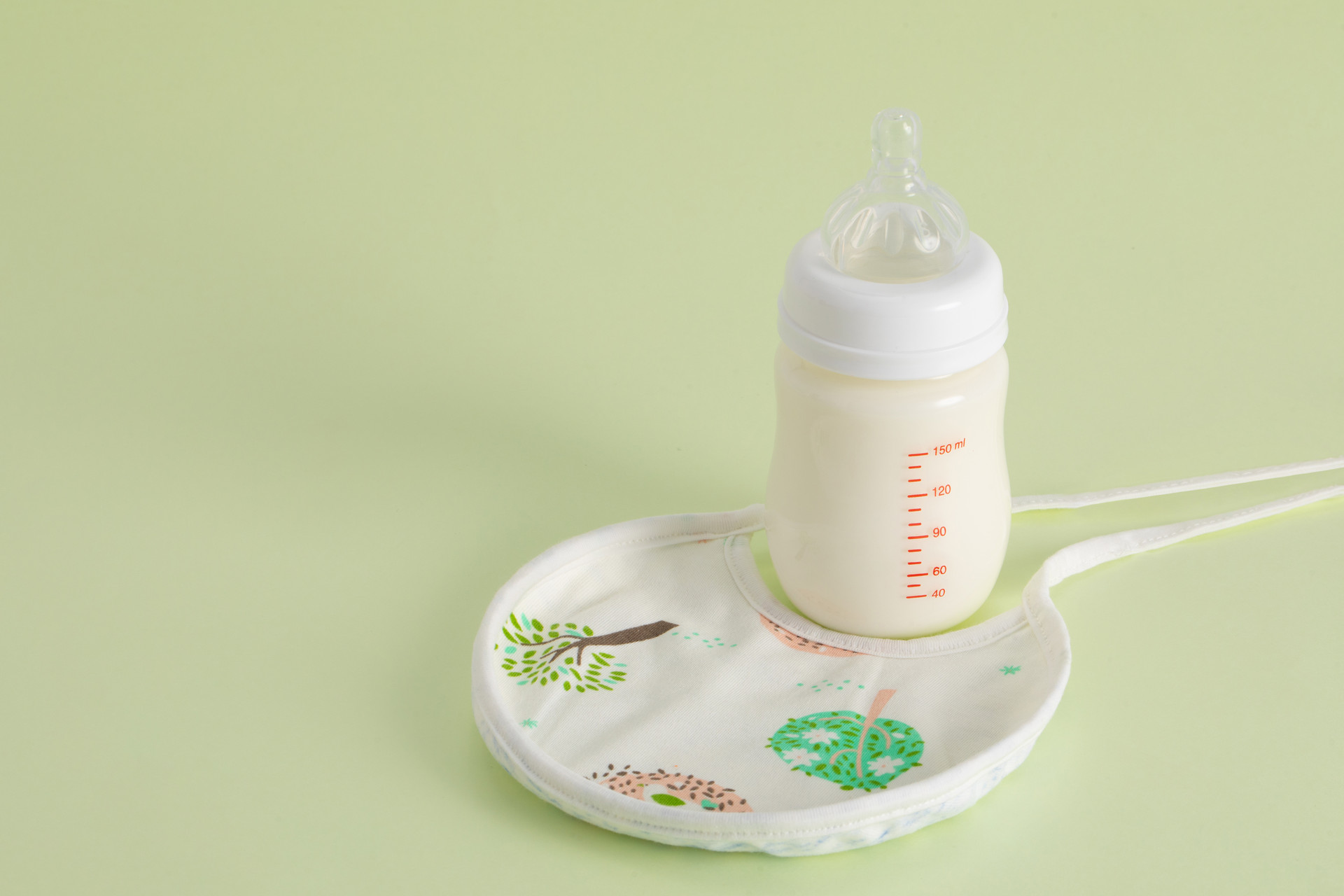Becoming a mother is a joyful thing, and now that the country has implemented the two-child policy, many people are eager to have a second child. However, before having a second child, it is important to understand the mother's physical condition and make careful choices.
1: If the first child was delivered by C-section, does the second child also have to be delivered by C-section?
In theory, no. As long as the uterus has recovered well and the baby's weight is well controlled, the mother can have a natural delivery. However, in clinical practice, most women who have had a C-section for their first child end up choosing to have a C-section for their second child as well, as natural delivery for these women requires strict monitoring throughout the entire process to ensure safety.
2: A history of adverse pregnancy outcomes requires monitoring
If there were complications during the first delivery, such as gestational hypertension, gestational diabetes, delivery of a malformed baby, or multiple miscarriages, although these complications may not necessarily occur again during the second pregnancy and delivery, the risks still exist. Therefore, it is important to monitor blood pressure, blood sugar, and have regular prenatal check-ups during the pregnancy and not neglect them.
3: Focus on evaluation to reduce risks
Based on the above risks for mothers having a second child, obstetricians generally recommend that women who intend to have another pregnancy should go to the hospital at least 3 months in advance for relevant examinations and evaluations. The evaluation focuses on three main aspects:
1. General health: Evaluating the overall health of the mother, including whether the heart, lungs, liver, and kidney functions are suitable for pregnancy, as well as the general physical condition and nutritional status. Understanding the basic blood pressure, blood sugar, and other conditions is important. Also, understanding the family and genetic medical history, as well as the health conditions of both partners, is necessary to determine if the body is suitable for reproduction.
2. Gynecological diseases: Evaluating the reproductive system, including the ovarian function and presence of any gynecological diseases. Special attention should be given to the cervix, especially if the first delivery was a C-section, as the condition of the uterine scar needs to be assessed. This is one of the main differences between women who have given birth before and those who are giving birth for the first time.
3. Evaluation of lifestyle and work conditions: If there are unhealthy lifestyle habits or if the woman is in a poor working environment, changes should be made. If there has been a previous delivery of a malformed baby or if there is a genetic disease, there is a possibility of recurrence, so preconception counseling is necessary.
If a woman is found to have problems during the evaluation, it may be necessary to consult with specialists in obstetrics, internal medicine, surgery, gynecology, prenatal diagnosis, and even reproductive assistance to resolve the issues before becoming pregnant.
4: Some suggestions before and after childbirth:
1. Before preparing for a second child, both partners should exercise and improve their physical fitness. This is important for pregnancy and childbirth.
2. After giving birth, try to breastfeed the baby as early as possible, as it helps with uterine recovery. This is especially important for mothers having a second child.
3. Breastfeeding should be continued, with frequent feeding by the mother and the baby consuming sufficient milk. If the mother does not persist in breastfeeding, over time, the body will stop producing milk naturally, resulting in insufficient breast milk for the baby and also affecting the mother's recovery.











